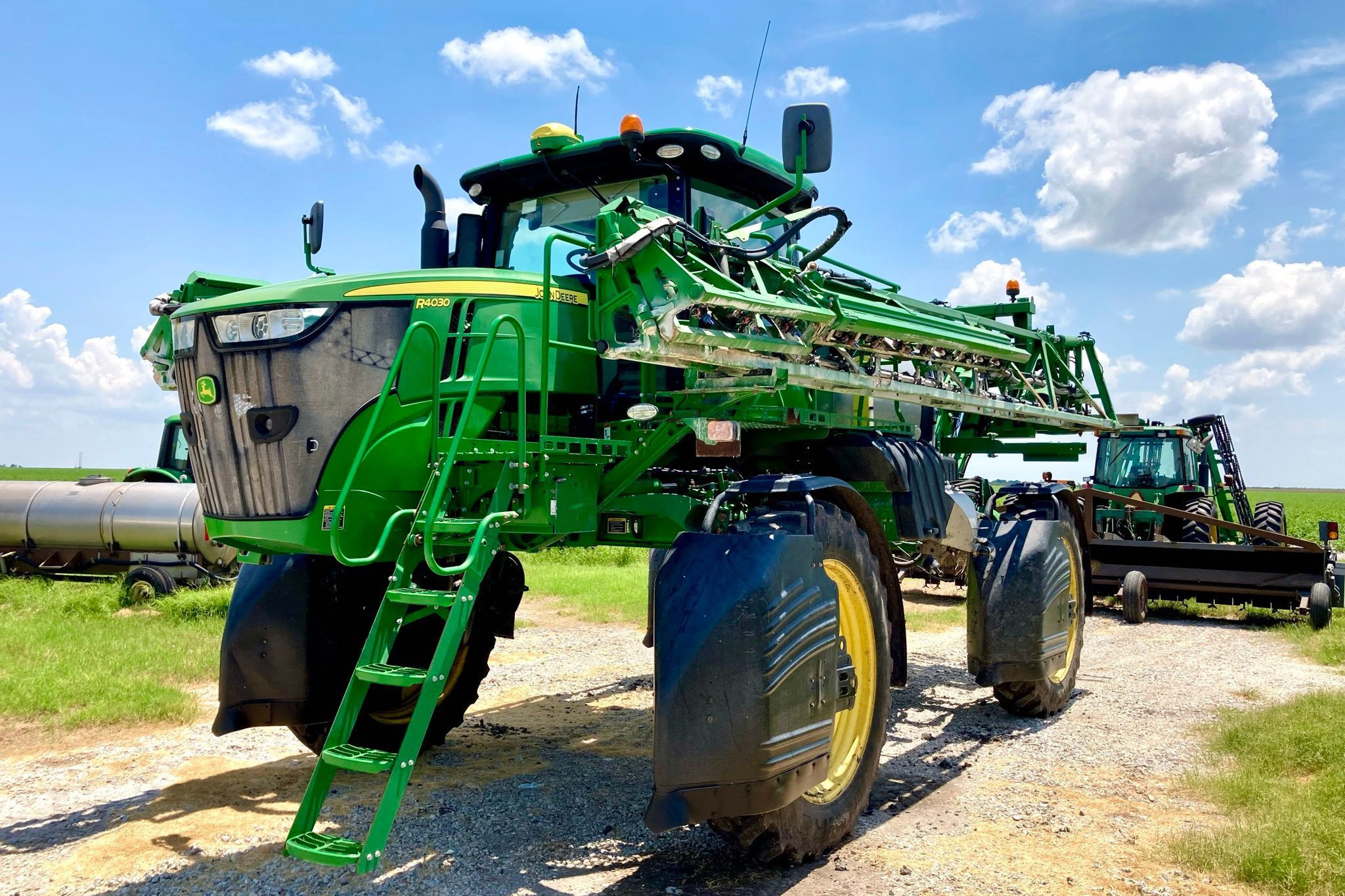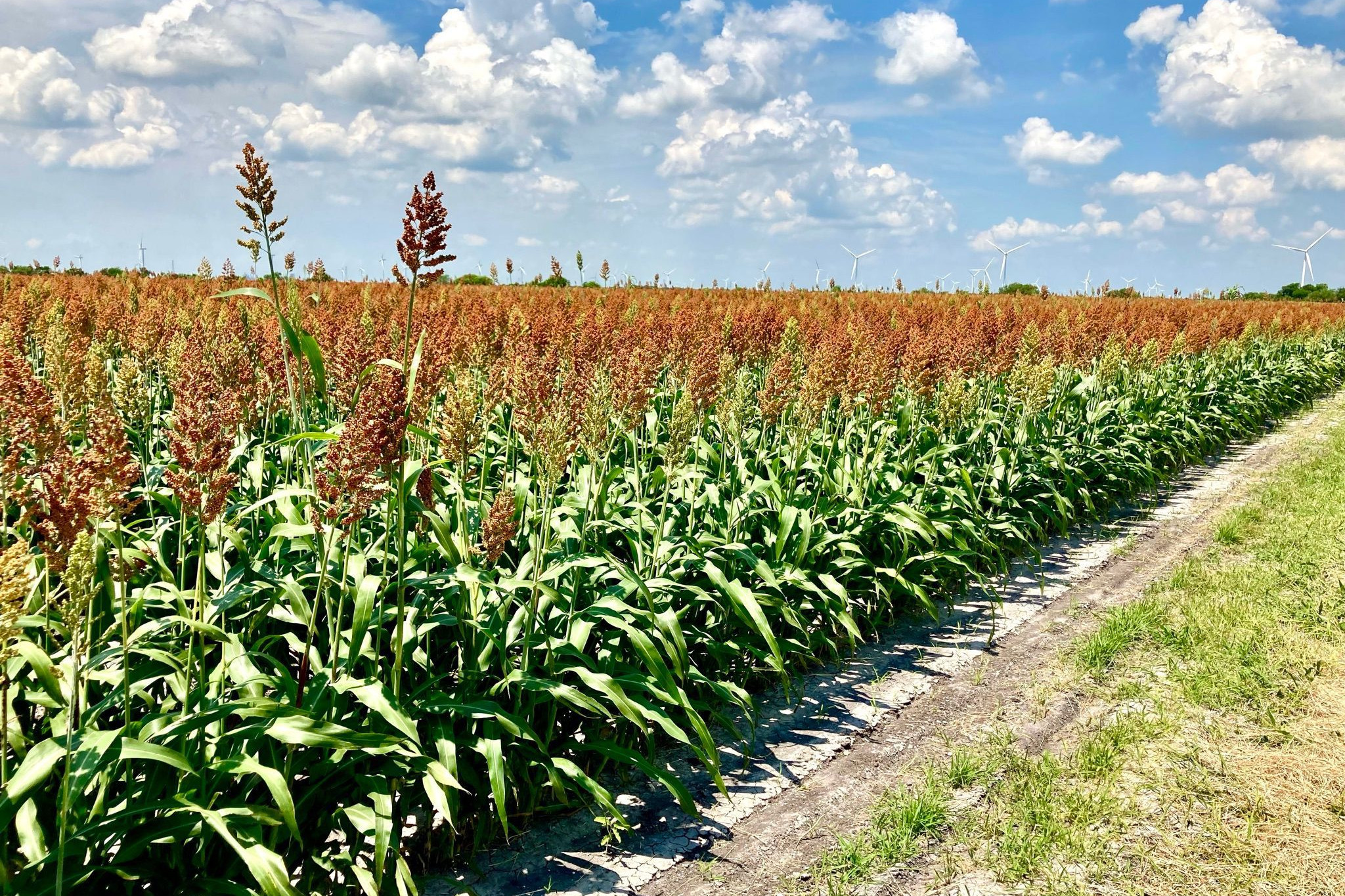2022 Silver Award Winner for IEDC Excellence in Economic Development Read More...
Rich Potential
The first settlers in San Patricio County were attracted to the area because of its agriculture potential, and today the industry remains a major player in the local economy. According to a report from the San Patricio County Agrilife Extensions Office, the economic impact on the county from agriculture is $300 million annually. Five years of bad drought plagued much of Texas, and the county certainly was not excluded from the repercussions. However, the 2014 harvest is looking healthy, and San Patricio County producers have steadily maintained their operations, with some even making large investments in equipment and facilities in recent years.
Acreage
The county consists of about 693 square miles of landmass, which equates to 443,520 acres. Of the county’s landmass, approximately 85% is used for agriculture production, making farming and ranching the county’s two largest industries by acreage. That 85% consists of 50% crop production (farming) and 35% native rangeland (ranching). Only 15% of the county’s landmass is developed.
Crops in the Region
Grain sorghum has been the predominate crop in San Patricio, which typically ranks in the top 5 grain producing counties in Texas. According to Farm Service Agency records, there were 230,500 acres (more than half the county’s land mass) of grain planted in 2012. Cotton is also a major cash crop within San Patricio County, which produces two to three bales of cotton per acre in normal years. Corn also plays a part, making up about .5% of the total fields planted. About 15,000 acres of crop production is under irrigation.
Cattle
Cattle, as well, have an impact on our economy. An estimated 7,000 cows are dispersed throughout the county. Once commercial cattle feeding operation, located in Edroy, feeds 10-15 thousand head of cattle annually.
A Variety of Businesses
Many agriculture support businesses exist throughout the county. There are eight cotton gins, seven commercial elevators, six farms with onsite storage, two tractor and equipment dealerships, one 555,000 square foot, 115,000 cotton bale storage facility, several crop consultants and numerous seed and agricultural chemical operations.


